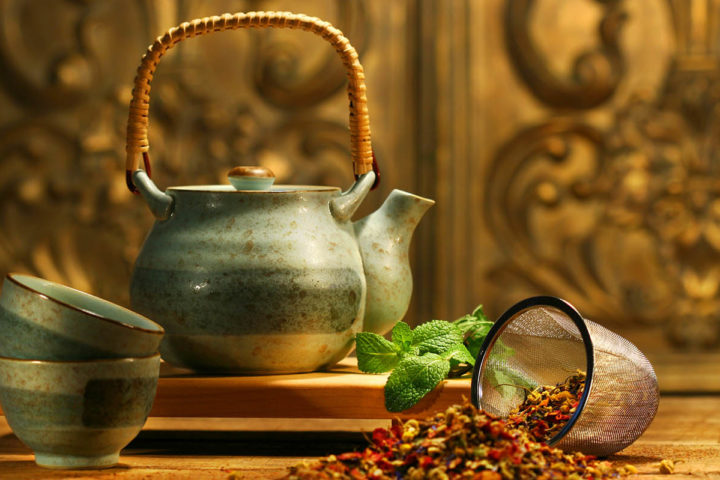We have all taken medicine for a headache, insomnia, or a stomachache that only offered temporary relief. The reason that it was temporary is that the root, or underlying cause of the illness, was not treated. Traditional Chinese Medicine (TCM) can diagnose and treat what is at the core of an ailment through pattern diagnosis.
In TCM, the person is treated, not the disease. An underlying principle of Chinese medicine is that the body knows how to heal itself. The practitioner works to remove obstructions to health, support deficiencies, clear/drain excesses, etc. The human system will resolve the ailment once the practitioner can balance the physical pattern.
Some of the methods used are acupuncture, herbal remedies, Tui-na (an invigorating Chinese style of bodywork), cupping, Gwa Sha (a scraping technique that pulls out toxins from the body), and moxibustion (a heat application). All of these approaches utilize pattern diagnosis to treat the meridians (or energy pathways) and the organ systems of the body. Treatments are very safe and effective. A Chinese Medicine Classic, the Spiritual Pivot, states in chapter 17, “It is by virtue of the twelve channels that human life exists, that disease arises, that human beings can be treated and illness is cured.”
Traditional Chinese Medicine treatments access the root (or source) of an illness because it utilizes pattern diagnosis. Pattern Diagnosis consists of tongue and pulse diagnosis, listening to the symptoms, and looking at skin color and body movement. The pattern involves a combination of signs and symptoms that have a foundation in yin and yang theory. These patterns indicate that the body is hot or cold, deficient or excess, whether the illness is internal or external, etc. The pulse indicates the state of the organ systems, meridians, blood, qi (energy), yin (fluids of the body), and yang (body circulation and warmth). Looking at the tongue is like looking at a mirror of the body system. It can indicate to the practitioner which channels and or organ systems are imbalanced.
Asian medicine treatments can prevent sickness before it occurs, in addition to treating an already existing illness. These treatments harmonize all parts of the person. The diagnostic methods utilized allow a practitioner to recognize a pattern before it manifests symptoms for the patient. Because each body is unique, a single Western medicine diagnosis can have several different TCM diagnoses.
“Yin and Yang are emblems of the fundamental duality in the universe, a duality which is ultimately unified,” as stated in Acupuncture, a Comprehensive Text from the Shanghai College of Traditional Medicine.
Bibliography
- “Acupuncture, a Comprehensive Text,” The Shanghai College of Traditional Medicine, translated and edited by John O’Connor and Dan Bensky.
- Giovanni Maciocia, “The Foundations of Chinese Medicine” pg. 127
- Spiritual Pivot, Chapter 17, by Wu Nian Jian
- Five Branches University education (MTCM)



